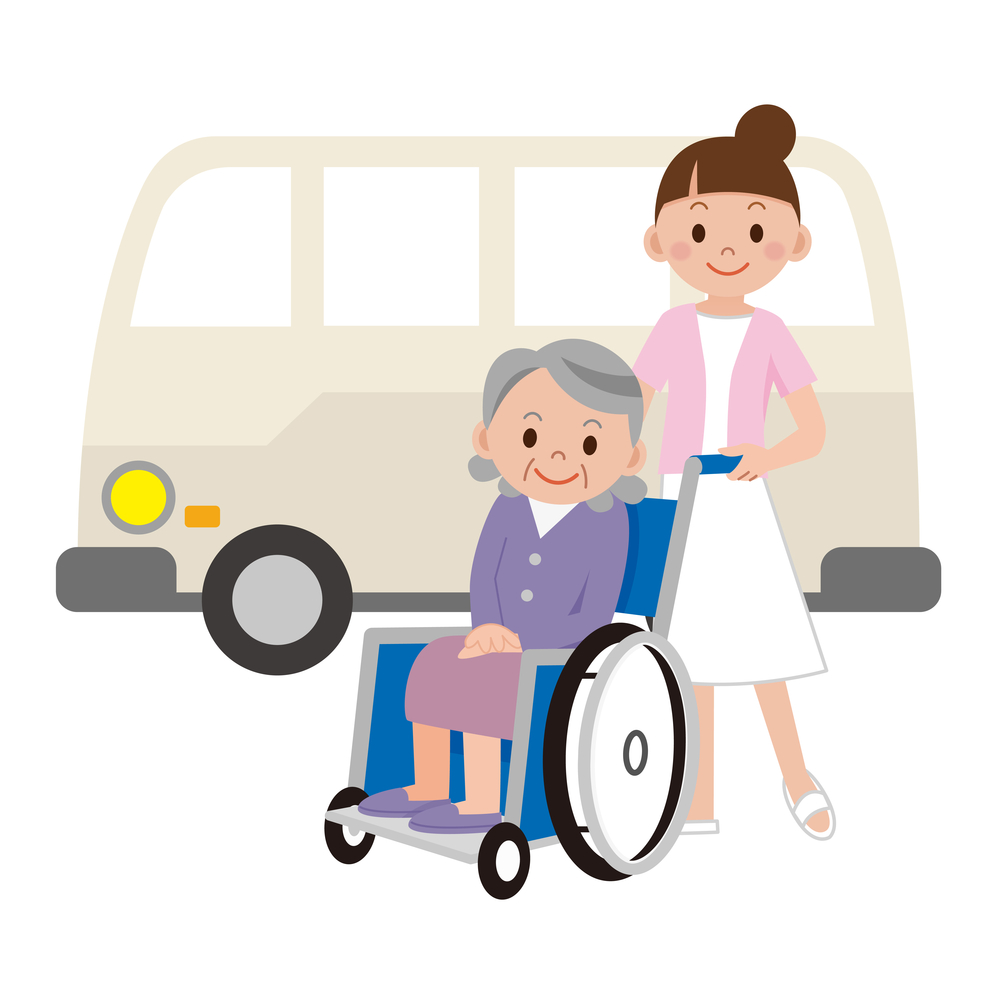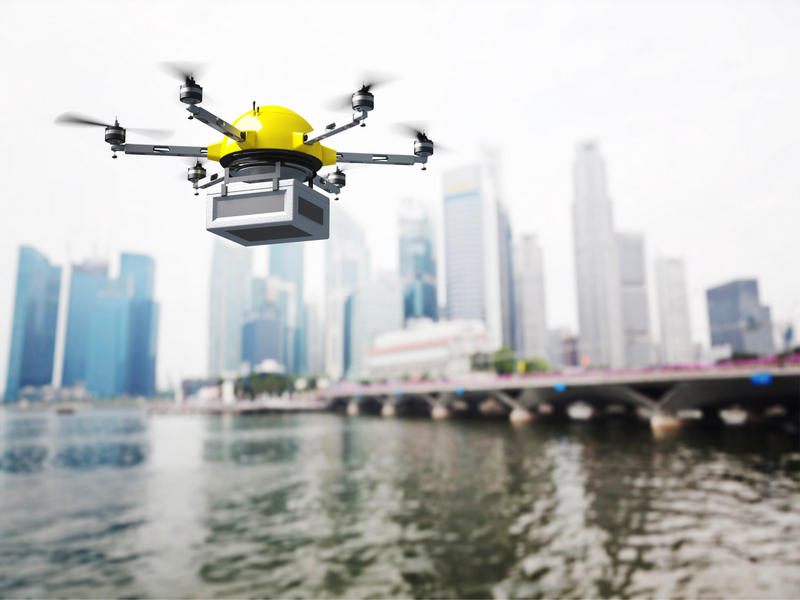Uber and Seniors
Transit and tech
You’ve probably heard – or personally experienced – the convenience and controversy of Uber. Taking on the traditional taxi transportation model, this global ride-sharing company has made a huge splash in changing the way ridesharing works. But Uber isn’t just about using an easy app to find a ride home from a party or the […]

